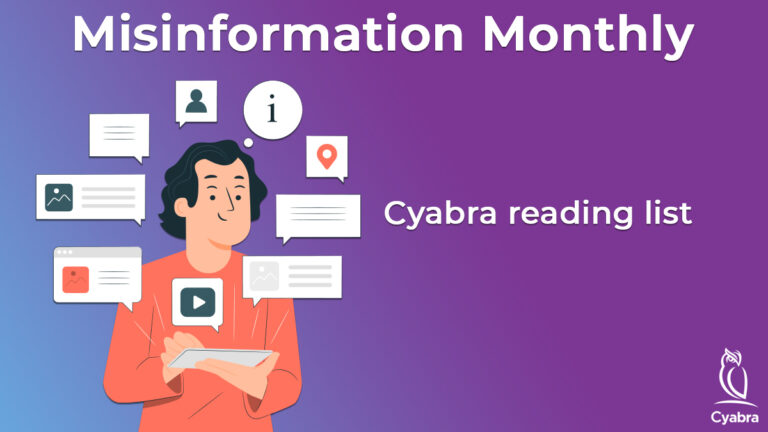Your brand’s next crisis might not come from a product failure or a PR misstep. Instead, it could emerge from a carefully orchestrated false narrative campaign, spreading across social media platforms faster than your team can respond.
Brands have become prime targets for malicious actors in recent years, and no company is immune – whether you’re a Fortune 500 giant or a growing startup, threat actors can launch devastating disinformation attacks against your brand at any moment.
What is Fake Content?
Every day, millions of social media users share their thoughts, experiences, and opinions about various topics. Brands get mentioned too, and most of the time, it’s feedback and opinions from genuine users.
But beneath this sea of genuine interactions lurks a more sinister form of content – fake content, meticulously designed to cause as much damage to your brand’s image.
Using advanced AI tools to build armies of hyper-realistic fake profiles, bad actors can craft fake narratives that don’t fade away in a day or two but instead get further amplified by their bot networks.
These fake profiles come complete with elaborate personal histories and coordinated interactions, all generated by AI to create perfectly natural-sounding content across any language or context.
What might look like an organic viral customer complaint is often a sophisticated operation, with these accounts automatically generating variations of the same false story while boosting each other to create an illusion of widespread disapproval.
Why False or Misleading Content Could Jeopardize Your Brand

Just this week, luxury car manufacturer Jaguar faced an overwhelming wave of criticism after launching a new advertising campaign. At first glance, it might seem like a large number of people were genuinely dissatisfied with the campaign, but it turns out the controversy was largely driven by fake profiles.
Bad actors excel at warping reality into false narratives. They take fragments of truth – in Jaguar’s case, a new advertising direction – and twist them into fake narratives that completely overshadow legitimate discussions.
Be it fake news about your products, twisted narratives about your business practices, or distorted interpretations of your public statements, bad actors are always poised to strike. And when they do, their false narratives spread faster than most crisis teams can respond.
The reputational impact of an attack like this hits swiftly and cuts deep. Even though this story only started spreading across social media this week, the damage to Jaguar’s reputation is already becoming evident.
How To Protect Your Brand From Fake Content
Given the serious risks fake content poses to brands, standard detection and analysis tools are no longer sufficient against disinformation campaigns that spread rapidly across multiple platforms.
This evolving threat demands an approach that combines real-time detection of coordinated attacks with instant identification of fake profiles.
Cyabra examines millions of social media posts in seconds, detecting patterns and tracking false narratives before they can damage your brand’s reputation. Cyabra’s technology spots coordinated attacks early, showing you exactly where and how these fake campaigns are spreading.
With its advanced fake content detection capabilities, Cyabra offers brands the tools they need to stay ahead of disinformation attacks and protect their reputation effectively.

